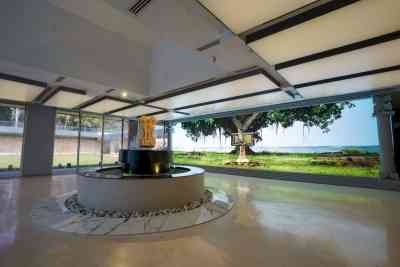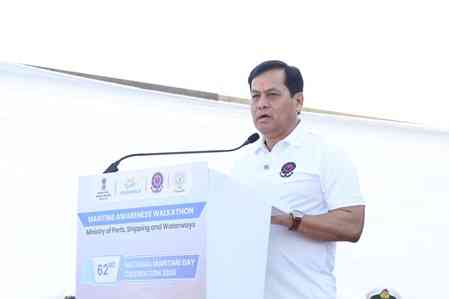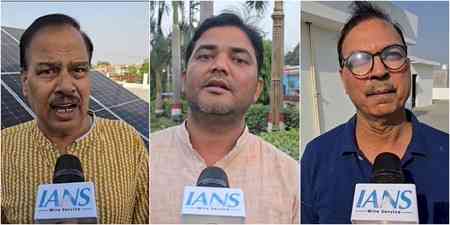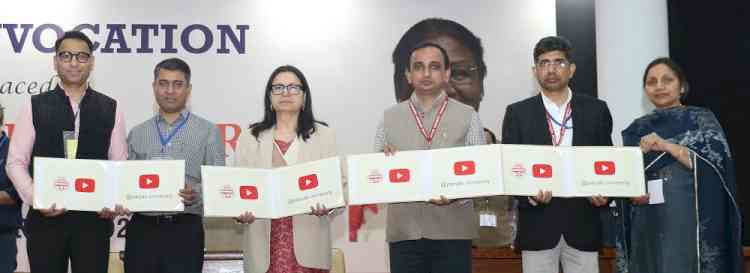A vision dating back to 2016 transforms into knowledge repository
The concept of the Prime Ministers' Museum, at the Teen Murti complex, was to showcase their contributions in the development of the nation in the last 75 years, the history of collective effort, as well as powerful evidence of the creative success of India's democracy as they came from every class of society.

New Delhi, Aug 30 (IANS) The concept of the Prime Ministers' Museum, at the Teen Murti complex, was to showcase their contributions in the development of the nation in the last 75 years, the history of collective effort, as well as powerful evidence of the creative success of India's democracy as they came from every class of society.
Every Prime Minister left an important footprint on the journey of development, social harmony and economic empowerment that has enabled India to give true meaning to freedom.
"We inherited an impoverished land from the debris of British colonialism, and together gave it a new life, lifting our country from famished deprivation to food-surplus status, and creating infrastructure over barren territory for the benefit of the people," says the museum's website.
The Teen Murti, home to India's first Prime Minister Jawaharlal Nehru for 16 years, was the natural environment for the museum as it seamlessly blends the renovated and refurbished Nehru Museum building, now completely updated with technologically advanced displays on his life and contribution.
The new panorama includes a section which exhibits a large number of rare gifts received by him from all over the world but never put on display.
In the museum, the history of modern India starts with the freedom struggle and the making of a great Constitution. It then tells the story of the Prime Ministers who navigated the nation through various challenges and ensured the all-round progress of the country. Within this story is a message for the younger generation: there are greater horizons to conquer as we transform India into New India.
The Centre mooted the idea of setting up Pradhanmantri Sangrahalaya in the Teen Murti Estate situated right in front of the Teen Murti Chowk in 2016.
The building complex, covering an area of 10,491 square metres, was envisioned to be a premier institution focusing on collecting, documenting, researching, and disseminating information about the lives and contributions of all the Prime Ministers.
With the logo of the Sangrahalaya representing the hands of the people of India holding the Dharma Chakra symbolising the nation and democracy, the design of the museum building was inspired by the story of rising India and incorporates sustainable and energy conservation practices. The work on the project started in October 2018 with highest priority given to environmental considerations.
The information for the museum of the Prime Ministers was collected through Prasar Bharti, Doordarshan, the Films Division, Sansad TV, Ministry of Defence, media houses (Indian and foreign), foreign news agencies, the 'toshakhana' of the Ministry of External Affairs (MEA, families of Prime Ministers etc.
Appropriate use of archives (private paper collections, collected works and other literary works, important correspondence), some personal effects, gifts & memorabilia (felicitations, honours, medals, commemorative stamps, coins, etc.). speeches of Prime Ministers have been used to depict the different aspects of their lives in a thematic format.
State of art technology-based interfaces was used to encompass heterogeneity in content and frequent rotation of display. Holograms, virtual reality, augmented reality, multi-touch, multi-media, interactive kiosks, computerised kinetic sculptures, smartphone applications, interactive screens, experiential installations etc. enabled the exhibition content to become highly interactive.


 IANS
IANS 








